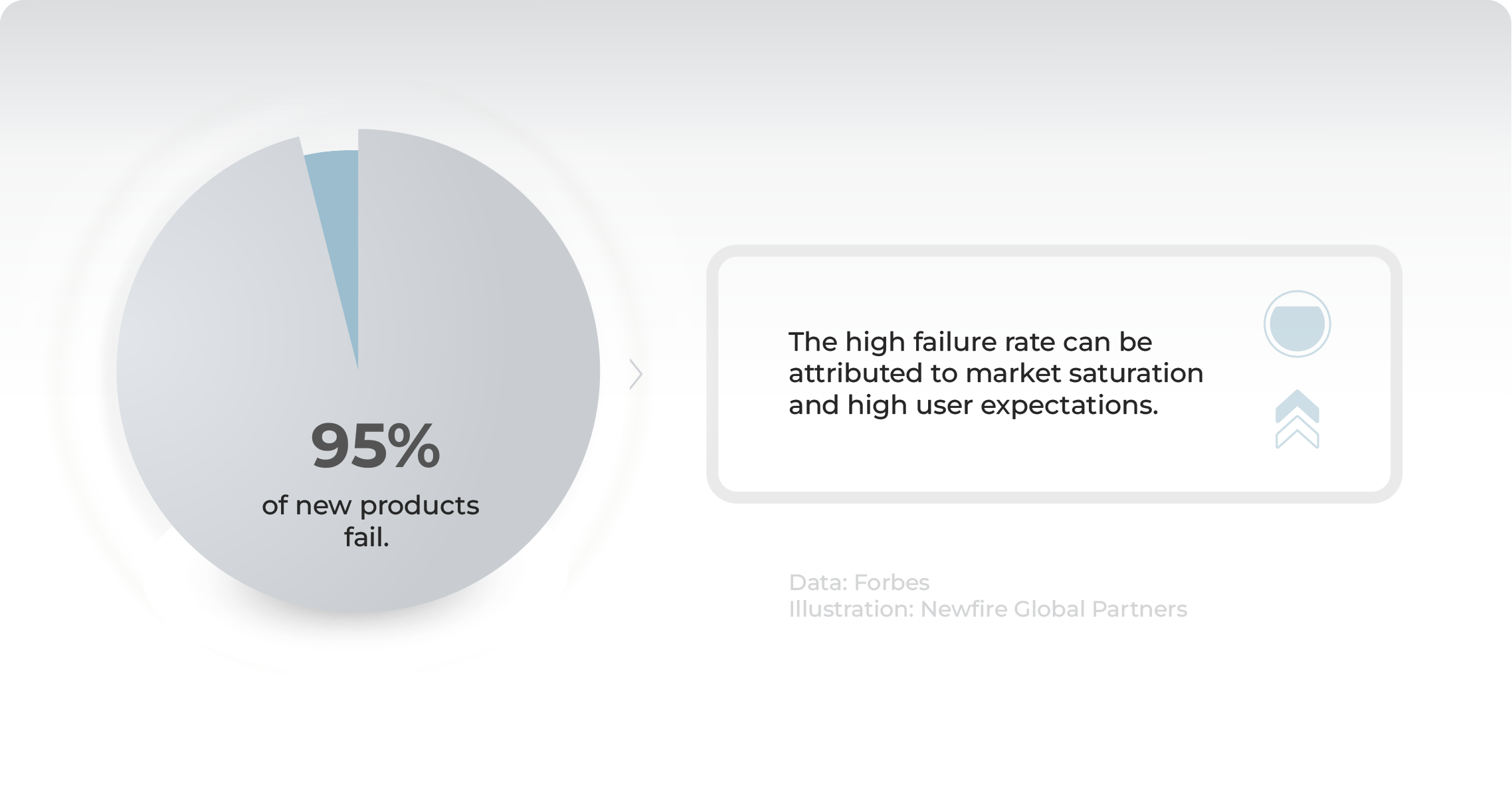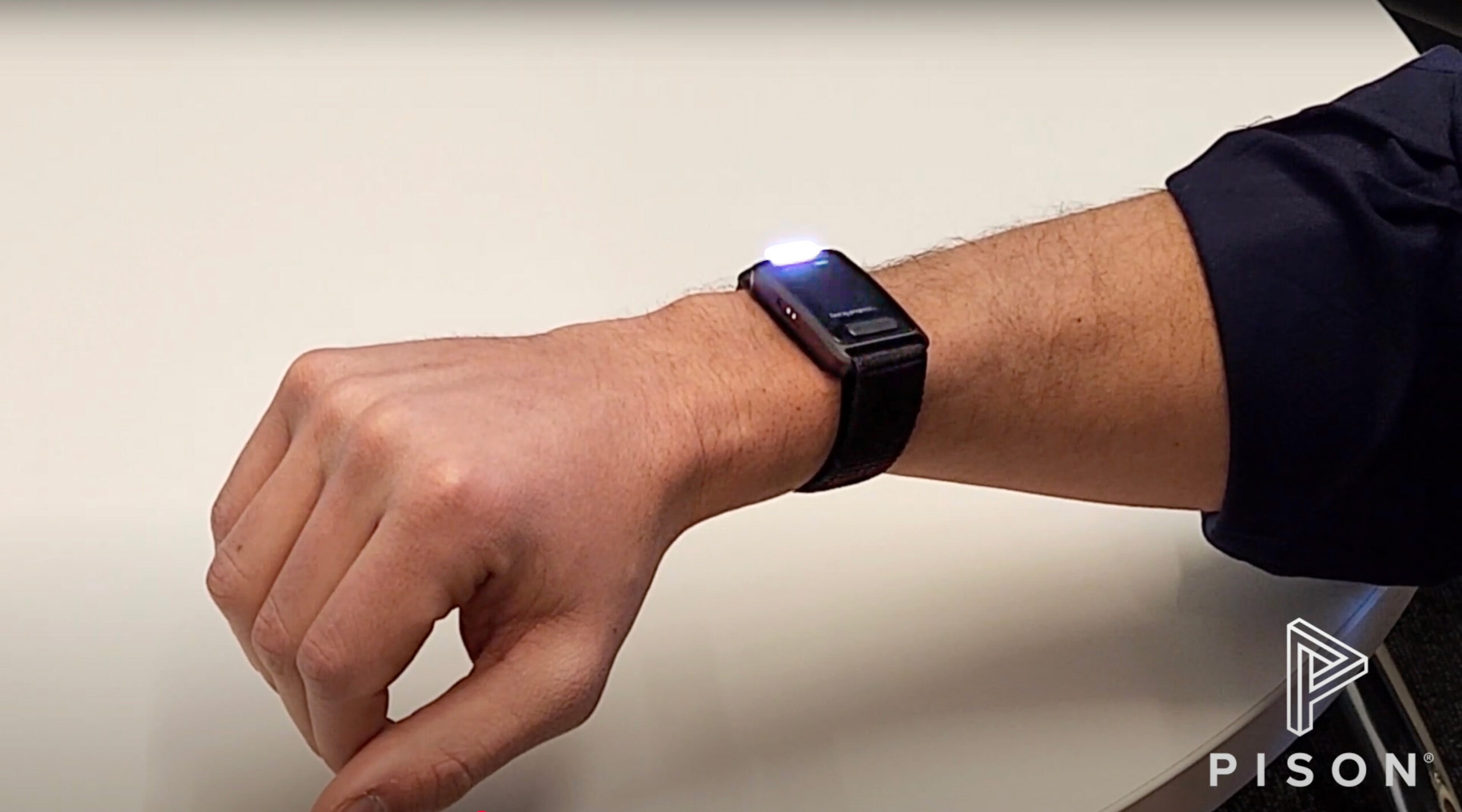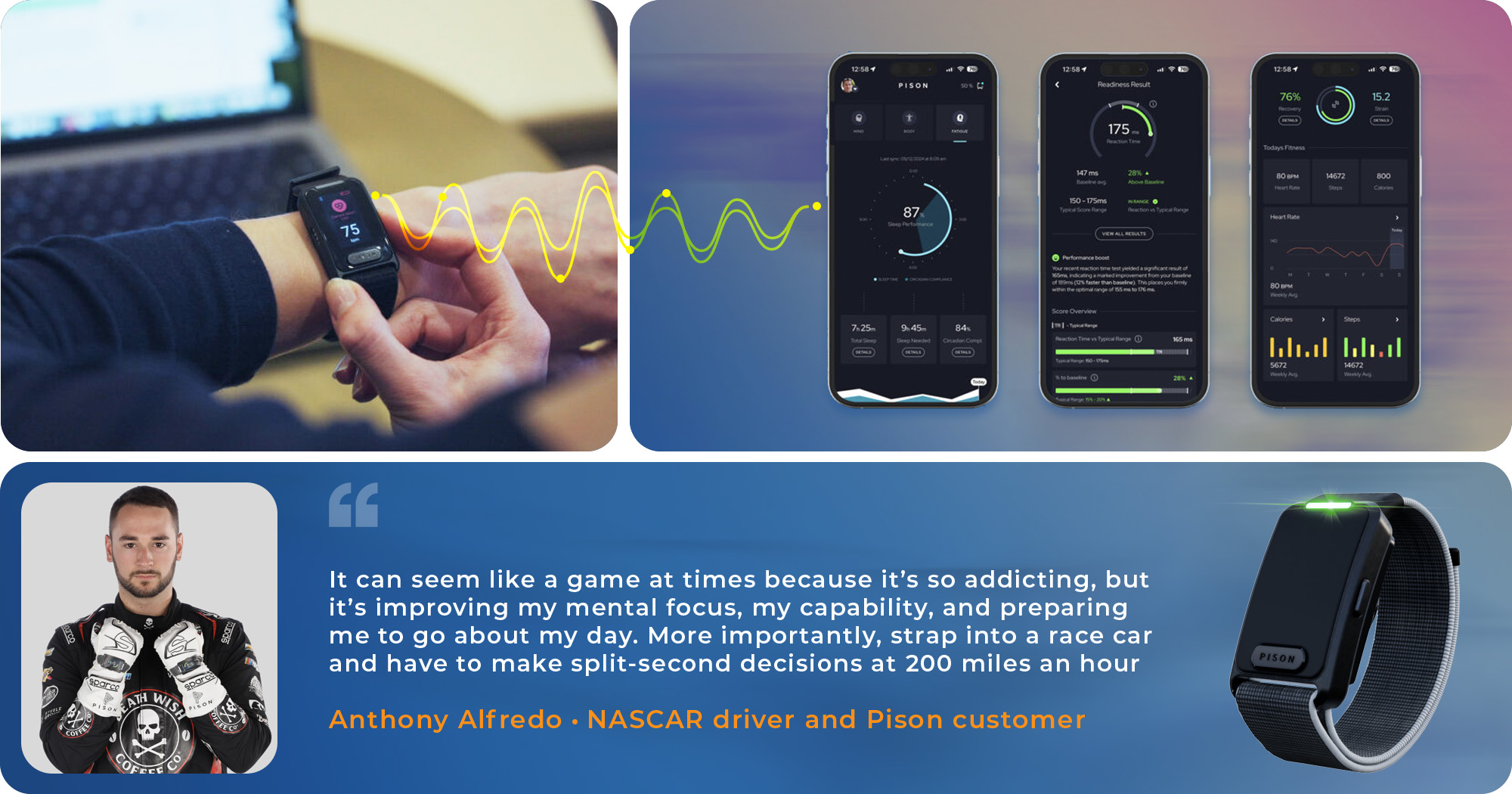For Optimized Product Development, Pair UI/UX Design With Business Analysis

UI/UX designers and business analysts have complementary skill sets, each focusing on a different yet equally important aspect of your product: your users and your business goals (as well as the process you employ to attain them). However, product development projects often fail to leverage this potential synergy.
At Newfire, close collaboration between UI/UX designers and BAs is one of the most effective ways to drive efficiency, innovation, and risk management in product development. In this article, we’ll explore why pairing UI/UX design with business analysis can be a key differentiator for companies in 2025 and highlight scenarios where this collaboration creates the most value.
In 2025, Outstanding UI/UX Design May Not Be Enough
Modern product development is driven by rapid innovation and user-centric strategies, and outstanding UI/UX design is expected as a baseline. However, with both investors and users becoming increasingly selective, having a UI/UX designer (or several) on the team may not be enough to get you across the finish line anymore.
The late Harvard Business School professor Clayton Christensen noted that approximately 30,000 new products are introduced annually, yet a staggering 95% fail in today’s competitive tech marketplace.

For you as a product leader, this means your projects are under increased threat, including:
- Market differentiation challenges: even appealing products that lack clear advantages are more vulnerable than ever to being outpaced by established players who can afford aggressive pricing or faster releases.
- Timing and positioning risks: Delays or missteps in launch timing risk losing relevance and can be costly in times of economic uncertainty and environments where budgets are scrutinized.
- Strategic misalignment: Successful product development balances user expectations and business goals. Neglecting business goals and over-relying on UI/UX risks creating a beautiful product that falls short of core business objectives.
- Regulatory compliance demands: In heavily regulated sectors, expecting designers to manage compliance can be a significant burden, pulling their attention away from their primary goal of crafting seamless user experiences.
The key to overcoming these challenges and optimizing product development is to consolidate external (user, market) expectations and internal (business) needs and goals. Adding a business analyst role to the team enables you to create this consolidation.
UI/UX and BA Collaborations: Three High-Value Scenarios
Close collaborations between UI/UX designers and BAs comes standard at Newfire. That’s because we believe their synergy provides our clients with tactical advantages, especially in competitive, highly-regulated sectors such as healthcare and finance.
With over a hundred large-scale product development projects under our belt, we’ve learned how to best capitalize on this strong team configuration. Here are some typical scenarios where we have seen UI/UX and BA collaborations unlock heightened velocity, quality, compliance, and innovation.

Business analysts and UI/UX designers offer complementary perspectives—one data-driven, one creative. Together, they ensure the product is usable, appealing, technically feasible, and aligned with requirements. Product leaders should include both roles early on to foster correct prioritization, efficient iteration, and seamless translation of data into impactful design.
Alen, Lead Business Analyst at Newfire Global Partners
Complex Products With Long Lists of Requirements
In projects with extensive requirements, product teams can easily become overwhelmed or lose direction. A BA adds essential structure and prioritization, focusing on requirements that have the highest business impact.
Meanwhile, the UI/UX designer advocates for the user, ensuring new features don’t overwhelm the experience. The designer also creates user pathways and journeys that bring the features into a cohesive, intuitive flow.
Highly Regulated Sectors
Even if your UI/UX team has deep sector experience, incoming and changing regulations can be difficult to track, which is where BAs come in. At Newfire, part of their job is to stay on top of compliance and ensure development and design follow current standards and laws, allowing designers to focus on their work, mitigating risk, and preventing rework for our clients.
A Newfire client, FOLX Health, is a good case in point. This LGBTQIA+ health platform remained compliant in all 50 states in the face of shifting queer and trans healthcare regulations while innovating on the user experience side, thanks to the collaborative process of project BAs and designers.

Given the privacy concerns of our customer base, we required an IT service provider we could fully trust. Newfire has been a partner in talking through our roadmap on the operational side, diving into clickstream data and conducting research into the idiosyncrasies of US healthcare to arrive at well-argued recommendations about the path forward.
Ryan Scharer, Chief Technology Officer at FOLX Health
Products Targeting New or Diverse User Segments
Some audiences have specific requirements. Targeting them with a new product can only succeed if those needs and preferences are met. In this scenario, BAs help designers tailor the experience by analyzing user demographics, preferences, and behavior. The designer then accommodates those cultural nuances or accessibility requirements in a usable, appealing product design.
At Newfire, this research-first, design-second approach has helped us build successful products to help our clients serve diverse populations, such as seniors, children with autism, and individuals experiencing limb loss.
These scenarios are, of course, just a sampling. There is virtually no product development team or project that can’t be made more efficient and valuable through the close collaboration of UI/UX designers and business analysts.
Case Study: UI/UX Design and Mobile Development for Novel Health Metrics
For a deeper understanding of how you can supercharge UI/UX design with business analysis, here’s a recent case study from our portfolio. This is a summary focusing on the collaboration of Newfire’s project UI/UX designer and BA, so we invite you to also read the full case study.
Newfire deployed a multi-functional mobile development team to help Pison, an innovator in wearable technology, break into consumer markets.
Pison offers an exciting value proposition: its non-invasive wrist device can measure cognitive function through novel health and wellness metrics—readiness, mental agility, and focus. These metrics optimize performance in various settings, particularly sports such as car racing and baseball, which are Pison’s initial audiences in the consumer segment.

To launch its consumer product, Pison needed a mobile application to deliver the cognitive monitoring experience.
The Challenge
Pison’s proprietary metrics are largely unfamiliar to its target audiences. The main challenge of this mobile app development project has been to communicate the value of cognitive performance measurement, provide an intuitive measuring experience, and create a habit of it.
The Solution
The Business Analyst (BA) and UI/UX designer worked closely to ensure the app’s functionality was both audience-centered and aligned with Pison’s strategic goals:
- Audience-Centric Insights from the BA: The BA translated Pison’s complex and large set of requirements into tasks. By prioritizing the features that would resonate most with Pison’s athletic audience, the BA helped the team design an app that communicated the relevance of Pison’s metrics and set the stage for user growth.
- Intuitive Design Led by UI/UX: The UI/UX designer then took these priorities and crafted an interface that was both visually aligned with the Pison device and intuitive for users. By integrating the BA’s insights, the designer could make informed decisions about the layout, navigation, and presentation of data, ensuring users would engage with and understand the cognitive metrics.
- Audience-Centric Design: The BA and UI/UX team deeply understood the audience’s competitive drive, creating dashboard elements and leaderboards that mirror familiar, motivating structures. This makes it easy for users to integrate the app into their routines, boosting engagement and giving Pison a strong edge in user retention.
Impact
Pairing UI/UX with business analysis proved to be the right strategic decision for Pison. Not only did the team develop an app that justified intentional and habitual cognitive performance measurement to its audience, but it also did it within tight deadlines.

The MVP for Pison’s application was completed in three months and on time for a successful unveiling at the Consumer Electronics Show in Las Vegas in January 2024. There, it impressed audiences, energizing further development, which is maintaining velocity and quality post-MVP.
Efficient, Low-Risk Product Development Is Still Possible
Pairing UI/UX design with business analysis is an effective way to protect your product development projects and push them forward, even in the face of tightening compliance requirements, challenging economic conditions, and fierce competition.
At Newfire, close collaborations between UI/UX designers and BAs are just one of the highly effective team configurations we leverage to offer best-in-class product services to our clients. Get in touch to find the human support and knowledge you need for your projects.